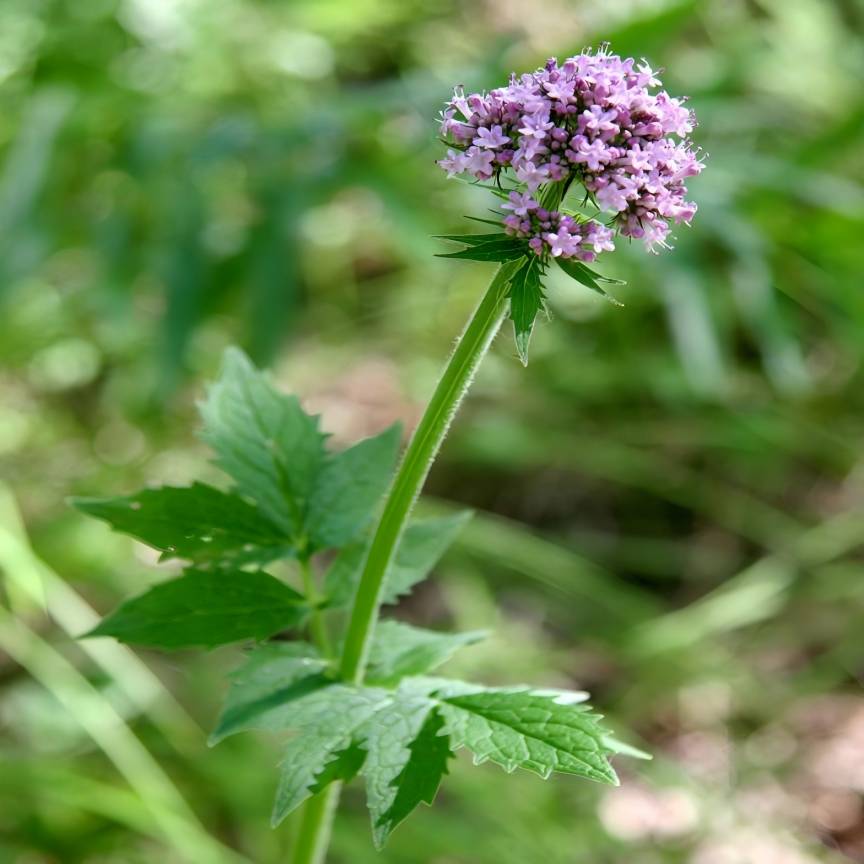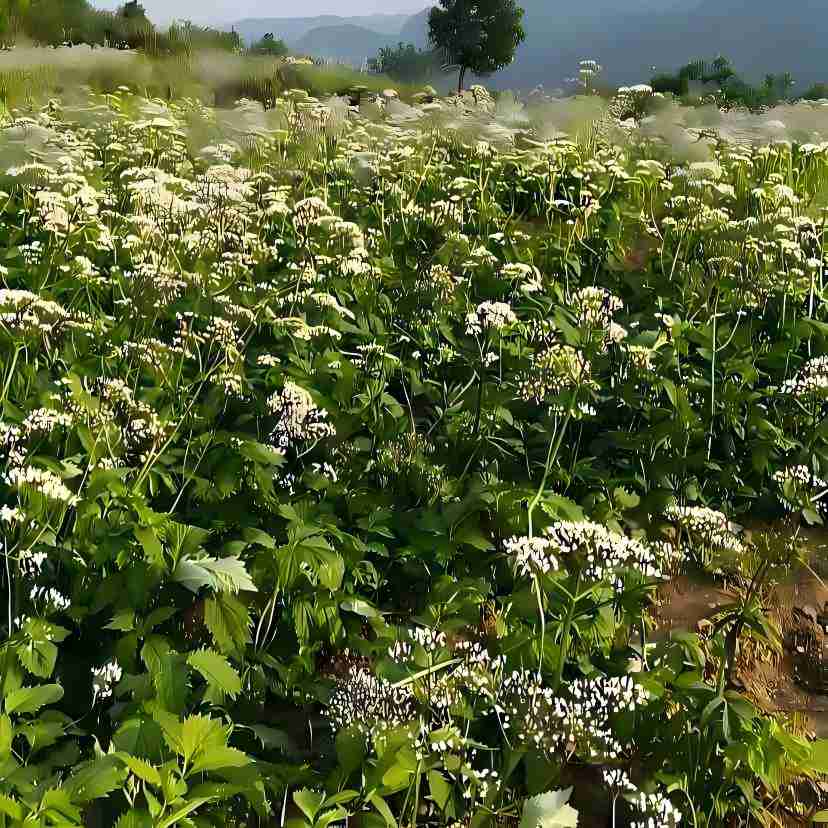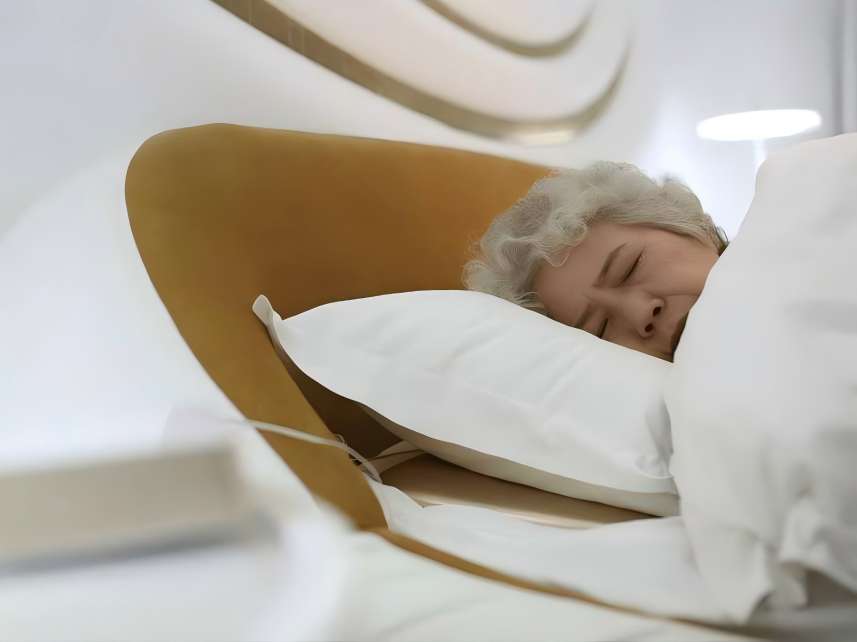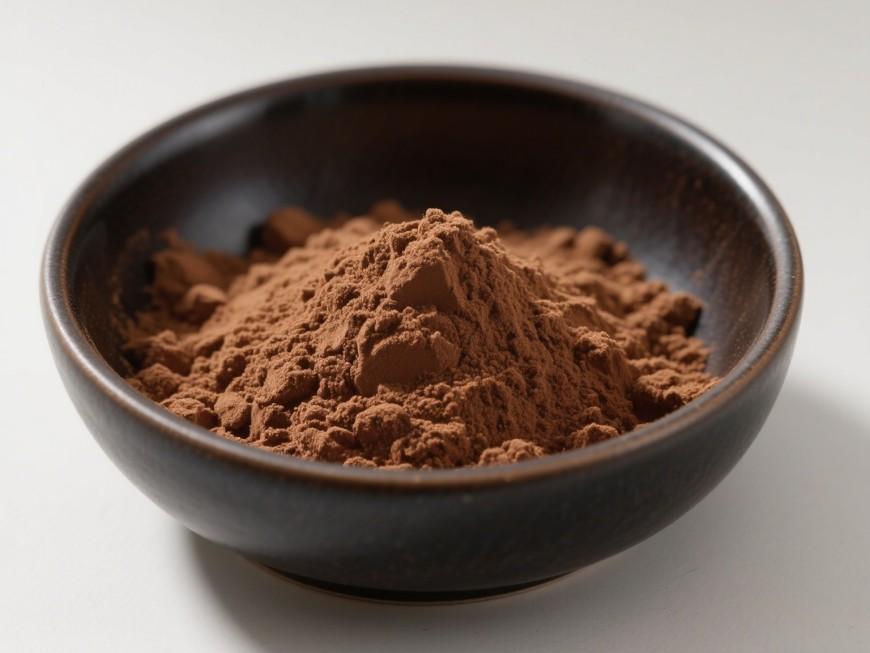Natural Valerian Extract Ingredient: Empowering Sleep Health Formulation Upgrades with Science
Against the backdrop of growing demand for natural, safe ingredients in the modern health product market, 使う鹿子草製造と。 var。 latifolia Miq., a traditional medicinal plant, is gaining widespread attention for its significant sedative and sleep-promoting effects. Modern research has confirmed that the active compounds in its roots and rhizomes possess multiple physiological functions, including improving sleep, reducing anxiety, and regulating cardiovascular and cerebrovascular health, providing robust scientific support for developing a new generation of natural health products.
グリーン春 Technology, leveraging its ongoing in-depth research in plant extraction, is dedicated to transforming the traditional medicinal value of broadleaf valerian into stable and highly effective standardized extract raw materials. In recent years, numerous domestic and international studies have systematically elucidated its chemical composition and mechanisms of action while progressively establishing standardized processes from cultivation and propagation to raw material production, laying a solid foundation for industrial application.
Green Spring Technology selects premium Valeriana officinalis and extracts its core active components through modern techniques, committed to providing natural, reliable raw material solutions for sleep health and emotional management products. This supports brand partners in achieving formulation upgrades and product innovation.

1. Diverse Active Components of Valerian Extract and Their Application Potential in Sleep Health Products
As a traditional herbal resource, natural valerian extract contains multiple scientifically validated active components demonstrating significant potential for improving sleep, providing robust support for formula upgrades in sleep health products.
1.1 Essential Oil
Wang Liqun et al. [7] extracted essential oil from broad-leaved valerian using the Chinese Pharmacopoeia method, achieving a yield of 1%. This essential oil is dominated by terpenoid components and encompasses various compounds including alkenes, alcohols, ketones, esters, and ethers. The primary active constituents are borneol acetate (with a high content of 37.94%), caryophyllene, and camphene [8]. Notably, the content of borneol acetate shows a decreasing trend with increasing altitude [9]. The volatile oil components exhibit nerve-soothing and sedative effects, making them suitable for formulations such as sleep-aid essential oils, aromatherapy products, sleep sprays, and soothing soft capsules.
1.2 Lignans
Lignan components isolated from valerian include bis-tetrahydrofuran lignan-4-O-β-D-glucopyranoside, (+)-Justicin-O-β-D-glucopyranoside, Justicin I, Justicin A, and other glycoside derivatives, as well as Neojusticin A and Justicidin A [10]. These components exhibit anti-anxiety and neuroprotective activities, making them suitable for inclusion in sleep tablets, capsules, and functional oral care products to enhance the sedative and calming effects of formulations.
1.3テルペノイドで
Valerian extract is rich in terpenoid constituents, including:
・Monoterpenes: such as Densispicnins C, p-menth-8-ene-1,2-diol, etc.;
・Sesquiterpenes: Compounds such as dihydroxymaaliane, madolin F, A, volvalerenal B, and kissoone A [11];
・Cycloartenolides: e.g., valeriridoid P, valeriana glycoside A, etc.;
・Triterpenoids: e.g., ursolic acid and oleanolic acid.
Terpenoids generally exhibit sedative, anti-inflammatory, and antioxidant properties, making them particularly suitable for sleep gummies, calming teas, dietary supplements, and compound sleep formulations.
1.4 Flavonoids
Flavonoids in Valeriana officinalis primarily include rutin, quercetin, kaempferol, apigenin [13], along with various methoxyflavones and pterone derivatives. Flavonoids exhibit antioxidant, anti-inflammatory, and neuroprotective functions, synergistically enhancing the overall stability and efficacy of sleep products. They are particularly suitable for functional beverages, solid drinks, or effervescent tablets designed to improve sleep quality.
1.5 Other Active Components
Valerian also contains:
・Anthraquinones: such as 1,3-dihydroxyanthraquinone and emodin;
· Steroids: such as β-sitosterol, stigmastan-2,3-dione, etc.;
· Aromatic ring derivatives: such as vanillin, p-hydroxybenzoic acid, ferulic acid, caffeic acid, etc.
These components further enhance the bioactivity of valerian extract, demonstrating particular efficacy in regulating the sleep-wake cycle and alleviating physical tension. It finds extensive application in nighttime beverages, sleep-promoting ointments, mood-regulating granules, and compound herbal extract formulations.

In summary, the synergistic action of multiple components in natural valerian extract scientifically validates its significant enhancement of sleep health products, making it suitable for various sleep aid formulations and formula upgrades.
2 Green Spring Technology Valerian Extract: Scientific Application of Natural Sleep-Supporting Ingredients
Green Spring Technology selects premium broadleaf valerian and employs standardized extraction processes to produce valerian extract. Its natural and safe properties provide an ideal raw material solution for sleep health products.
Product Application Advantages
Green Spring Technology's Valerian Extract ingredient is suitable for multiple sleep health product formats:
· Sleep-Aid Products: Suitable for functional foods like sleep tablets, capsules, and gummies
· Relaxation Beverages: Ideal for adding to calming teas, nighttime milk drinks, and similar beverages
· Aromatic Products: Applicable to topical products like sleep sprays and aromatherapy oils
· Blended Formulas: Can be combined with other natural calming ingredients to enhance product efficacy

Technological Advantages
· Standardized production processes ensure ingredient consistency
· Stringent quality control systems guarantee product safety
· Customized solutions available upon client request
Green Spring Technology's Valerian Extract offers a scientifically reliable ingredient choice for sleep health product development through its multi-targeted action mechanism, helping consumers achieve a more natural and comfortable sleep experience. Contact us for samples or quotes at helen@greenspringbio.com or WhatsApp: +86 13649243917.
参照
[1]彭小英、周双徳、魏兆'、ら広葉樹の薬草粉末の顕微鏡観察[c]。・中国植物学会。第10回全国薬用植物医薬シンポジウム,2011。
[2]魏Zha'た。広葉バレリアンの栄養器官の解剖学的観察およびin vitro培養研究[d]。2010年-湖南農業大学教授。
[3]呂桂林、彼は李、呉qiongming、他。広葉バレリアの生物学的特性と人工栽培技術に関する研究[j]。安徽農業科学,2013,41(36):13828 - 13830。
【4】陳謙、王岳金、王有偉。広葉樹の生殖生物学的特徴に関する研究[j]。^『仙台市史』第2巻、仙台市、2005年(平成17年)、169 - 173頁。
【5】董岩、韓建宇、孫超。広葉バレリアンの種子伝播に関する研究[j]。2007年(平成19年):107 - 108。
[6] liu lan, luo zaiqi, yang guihua, et al。貴州省の広葉ウミツバメの育種技術の工業化に関する研究[j]。現代農業科学技術2010年(9):105-107。
-
Prev
Valerian Extract Ingredient Offers a Natural Solution for Mood Health Products
-
次
Horsetail Extract (7% Organic Silica) Boosts Skincare Formulations


 英語
英語 フランス
フランス スペイン
スペイン ロシア
ロシア 韓国
韓国 日本
日本




